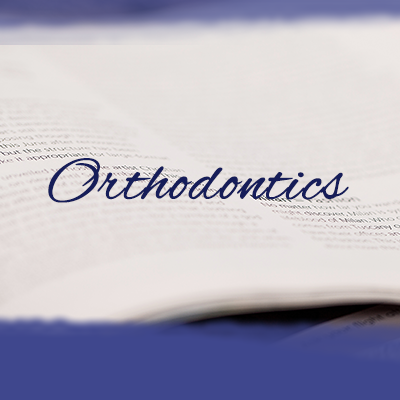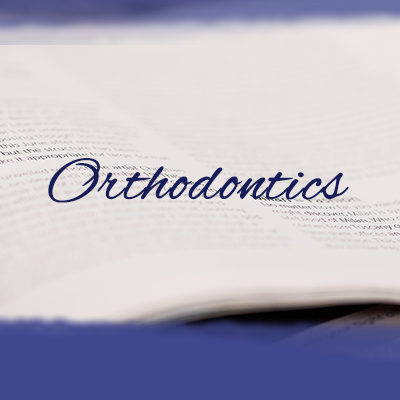The effectiveness of corticotomy and piezocision on canine retraction: A systematic review
The aim of this systematic review was to evaluate the effectiveness and complications of corticotomy and piezocision in canine retraction.
Five electronic databases (PubMed, SCOPUS, Web of Science, Embase, and CENTRAL) were searched for articles published up to July 2017. The databases were searched for randomized control trials (RCTs), with a split-mouth design, using either corticotomy or piezocision.
The primary outcome reported for canine retraction was either the amount of tooth movement, rate of tooth movement, or treatment time. The secondary outcome was complications.
The selection process was based on the PRISMA guidelines. A risk of bias assessment was also performed. Our search retrieved 530 abstracts. However, only five RCTs were finally included. Corticotomy showed a more significant (i.e., 2 to 4 times faster) increase in the rate of tooth movement than did the conventional method.
For piezocision, both accumulative tooth movement and rate of tooth movement were twice faster than those of the conventional method. Corticotomy (with a flap design avoiding marginal bone incision) or flapless piezocision procedures were not detrimental to periodontal health.
Nevertheless, piezocision resulted in higher levels of patient satisfaction. The main limitation of this study was the limited number of primary research publications on both techniques.
For canine retraction into the immediate premolar extraction site, the rate of canine movement after piezocision was almost comparable to that of corticotomy with only buccal flap elevation.





